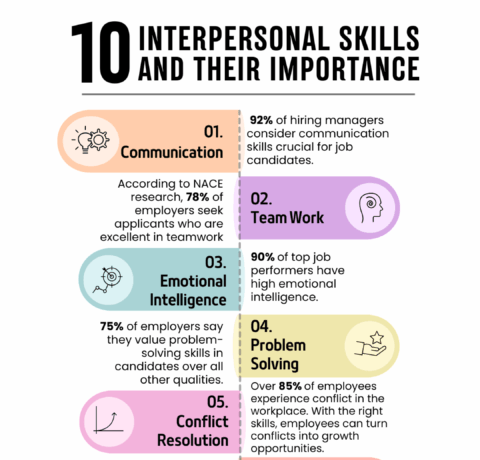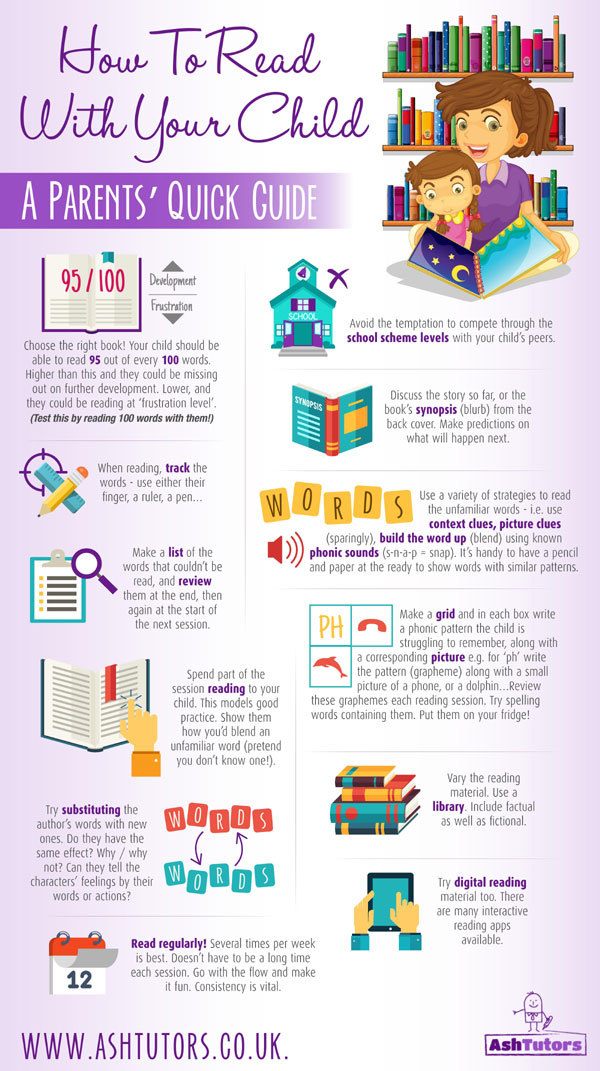How to Read with Your Child at Home Infographic
The How to Read with Your Child at Home Infographic may come in handy especially for busy parents to glance at during their reading sessions with their children.
Tips for Parents
- Choose the right book! Your child should be able to read 95 out of every 100 words. Higher than this and they could be missing out on further development. Lower, and they could be reading at ‘frustration level’. (Test this by reading 100 words with them.)
- Avoid the temptation to compete through the school scheme levels with your child’s peers.
- Discuss the story so far, or the book’s synopsis (blurb) from the back cover. Make predictions on what will happen next.
- When reading, track the words - use either their finger, a ruler, a pen…
- Use a variety of strategies to read the unfamiliar words - i.e. use context clues, picture clues (sparingly), build the word up (blend) using known phonic sounds (s-n-a-p = snap). It’s handy to have a pencil and paper at the ready to show words with similar patterns.
- Make a list of the words that couldn’t be read, and review them at the end, then again at the start of the next session.
- Make a grid and in each box write a phonic pattern the child is struggling to remember, along with a corresponding picture e.g. for ‘ph’ write the pattern (grapheme) along with a small picture of a phone, or a dolphin…Review these graphemes each reading session. Try spelling words containing them. Put them on your fridge!
- Spend part of the session reading to your child. This models good practice. Show them how you’d blend an unfamiliar word (pretend you don’t know one!).
- Try substituting the author’s words with new ones. Do they have the same effect? Why / why not? Can they tell the characters’ feelings by their words or actions?
- Read regularly! Several times per week is best. Doesn’t have to be a long time each session. Go with the flow and make it fun. Consistency is vital.
- Vary the reading material. Use a library. Include factual as well as fictional.
- Try digital reading material too. There are many interactive reading apps available.







You can adjust your cookie preferences here.